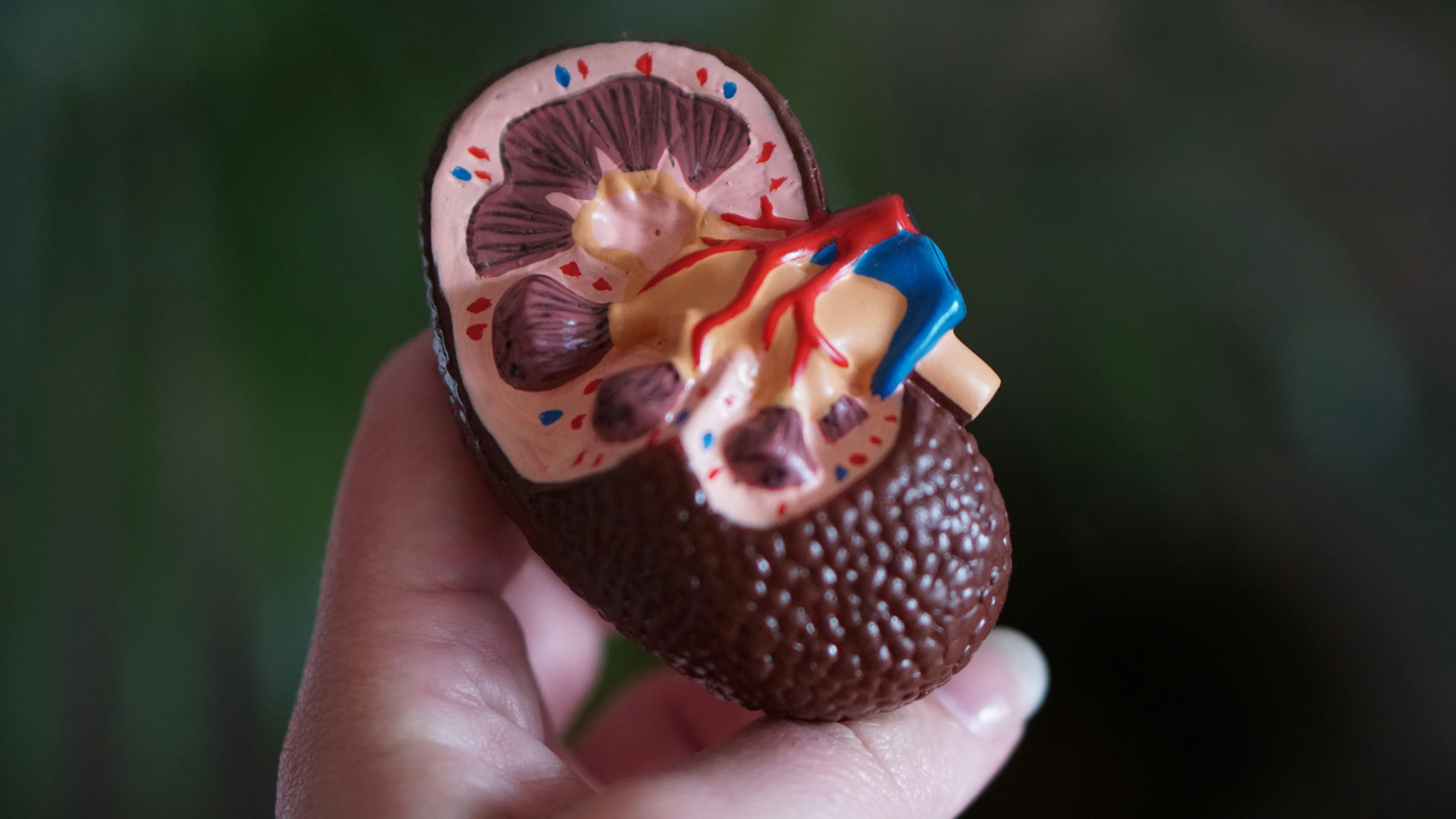IgA Vasculitis Linked to Worse Dialysis, Mortality Outcomes than IgA Nephropathy
Research suggests there are clear differences in clinical outcomes and severities between IgAN and IgAV.
By
Abigail Brooks, MA
| Published on September 5, 2024
4 min read
Credit: Unsplash / Robina Weermeijer

Despite presenting similarly in patients, IgA vasculitis (IgAV) and IgA nephropathy (IgAN) have distinctly different clinical manifestations and are associated with unique long-term outcomes from one another, according to a recent Israel-based clinical trial.
Adult patients with IgAV were put on dialysis sooner and had shorter life expectancy than patients with IgAN, according to these new findings which highlight the high risk of progression to persistent kidney impairment in this patient population.
A form of blood vessel swelling affecting capillaries in the skin and kidneys, IgAV is rare and most commonly affects children but can also present in adults and cause severe kidney damage. Many researchers have speculated IgAV could be a systemic form of IgAN due to their similar pathophysiological mechanisms. However, this hypothesis has not been confirmed as clinical studies comparing the conditions are few and far between.
To examine and compare clinical characteristics and long-term renal outcomes in adult-onset IgAV, childhood IgAV, and non-vasculitic IgAN, investigators collected data for children and adults with IgAV and IgAN admitted to the Rheumatology and Pediatric departments at Ha’Emek Medical Center and Rambam Health Care Campus from 2007 to 2019.
Investigators required a confirmed skin biopsy interpreted by an expert skin pathologist for adult IgAV patients. In the pediatric IgAV group, patients’ diagnosis was obtained by a pediatric rheumatologist or an expert pediatrician and no skin biopsy was required. The diagnosis of IgAN required a kidney biopsy showing mesangial IgA deposition and an expert nephrologist diagnosis.
A total of 60 adult IgAV, 60 pediatric IgAV, and 45 IgAN patients were included in the study. Investigators compared frequencies of clinical manifestations, laboratory findings, treatments, and long-term outcomes at one-year follow-up, including all-cause mortality and dialysis.
The adult IgAV group was significantly older than the IgAN group but had fewer male patients (41.7 percent) than the IgAN (77.8 percent) and pediatric IgAV (55 percent) groups.
Investigators additionally pointed out adult-onset IgAV patients had higher rates of preexisting comorbidities while a history of preceding infection was more prevalent among pediatric-onset IgAV patients (44.8 percent) compared to the adult IgAV (20.0 percent) and IgAN (13.6 percent).
At one year of follow-up, six IgAN patients and eight adult-onset IgAV patients required dialysis. During long-term follow-up, nine adult-onset IgAV patients and 10 IgAN patients required dialysis. The mean time to dialysis was 11.1 years for adults with IgAV and 5.8 years for adults with IgAN, with no statistically significant difference observed between the two groups. Investigators noted no pediatric patient with IgAV underwent dialysis throughout this time.
Overall mortality at long-term follow-up was greater in the IgAV adult group compared to the IgAN group. The leading causes of death among the adult IgAV group were cardiovascular diseases, sepsis, and cancer.
After excluding an outlier from adult-onset IgAV group, investigators noted patients from this group had significantly shorter survival time compared to their IgAN counterparts. However, after controlling for age, sex, hypertension, IHD, BMI, obesity, diabetes, dyslipidemia, and CKD, this difference was no longer statistically significant.
“Although IgAV tends to be a self-limited disease, IgAV in adults presents substantial clinical manifestations, typically high risk of progression to persistent renal impairment. Since the treatment options are not well agreed upon, we think that further studies and collaboration should be taken to guide clinicians for the best therapeutic management,” investigators concluded.
An original version of this article was published by sister site HCPLive.

